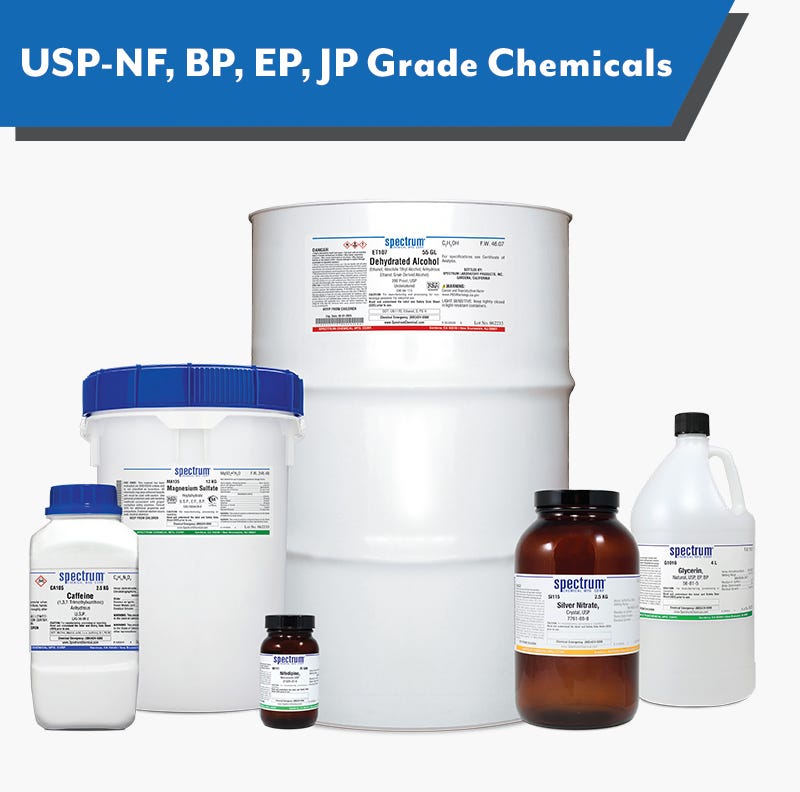Unraveling the Six Biological Agents: A Deep Dive into Their Nature, Impact, and Control
Biological agents, also known as bio-agents, are organisms or toxins that can cause diseases in humans, animals, or plants. They can be naturally occurring or artificially created and are often used in research, industry, and healthcare. This article will delve into the six main types of biological agents, their characteristics, effects, and the measures taken to control them.
- Bacteria: The Invisible Invaders
Bacteria are single-celled organisms that can cause a wide range of diseases, from minor skin infections to life-threatening conditions like pneumonia and meningitis. They are ubiquitous in our environment and can be transmitted through air, water, food, or direct contact. To control bacterial infections, antibiotics are commonly used. However, the rise of antibiotic-resistant bacteria has become a significant public health concern, necessitating the development of new drugs and treatment strategies.
- Viruses: The Microscopic Hijackers
Viruses are even smaller than bacteria and can only reproduce inside a host's cells. They cause diseases by disrupting the normal functioning of cells, leading to conditions like the common cold, influenza, HIV/AIDS, and COVID-19. Vaccines are the primary method of controlling viral diseases, with antiviral drugs also playing a crucial role.
- Fungi: The Stealthy Saboteurs
Fungi are eukaryotic organisms that include yeasts, molds, and mushrooms. While most fungi are harmless, some can cause diseases, especially in people with weakened immune systems. Antifungal medications are used to treat fungal infections, and environmental control measures are crucial in preventing their spread.
- Prions: The Rogue Proteins
Prions are misfolded proteins that can cause other proteins to misfold, leading to diseases like Creutzfeldt-Jakob disease and kuru. Prion diseases are rare but usually fatal, with no known cure. Preventive measures include strict controls on animal feed and the handling of brain and spinal tissue.
- Parasites: The Unwanted Guests
Parasites are organisms that live on or in a host organism and cause harm. They include protozoa (like those causing malaria), helminths (like tapeworms), and ectoparasites (like ticks). Control measures include antiparasitic drugs and vector control strategies.
- Biological Toxins: The Silent Killers
Biological toxins are poisonous substances produced by certain plants, animals, and microorganisms. They can cause a variety of health problems, from mild irritation to death. Antitoxins and supportive care are the main treatment methods, with prevention focusing on avoiding exposure to the toxins.
Understanding these six biological agents is crucial in preventing and controlling the diseases they cause. As our knowledge of these agents continues to grow, so too will our ability to combat the threats they pose to human health.
In conclusion, the six biological agents - bacteria, viruses, fungi, prions, parasites, and biological toxins - each have unique characteristics and pose different challenges. However, with ongoing research and the development of new treatments and preventive measures, we can continue to protect ourselves and our communities from these invisible threats.

Post Comment